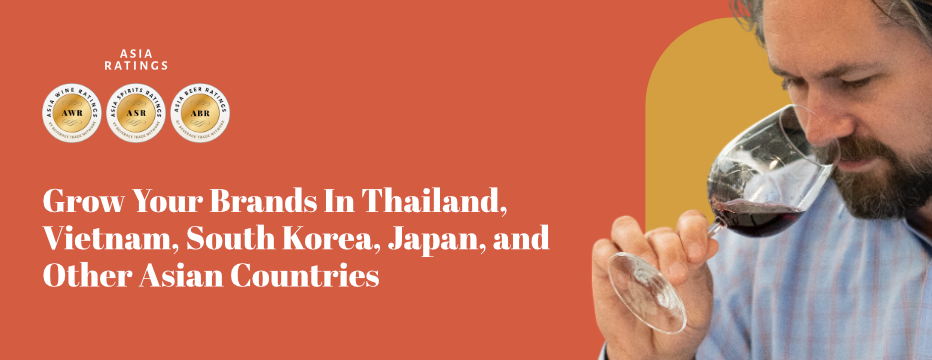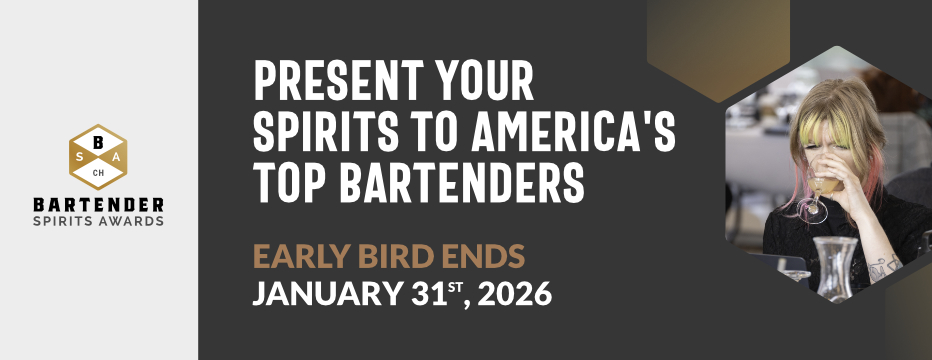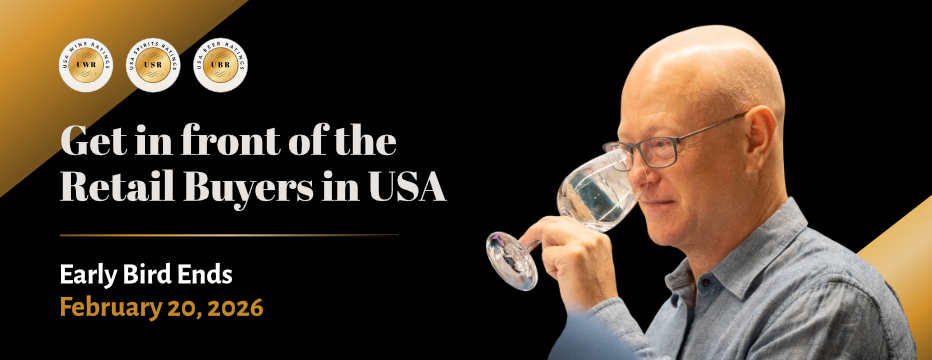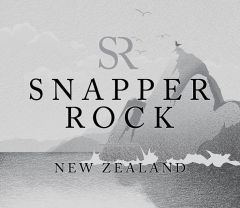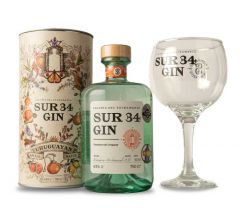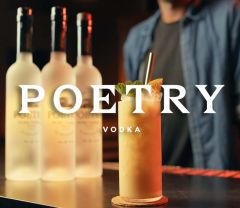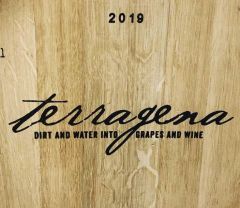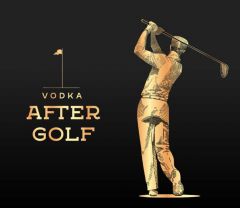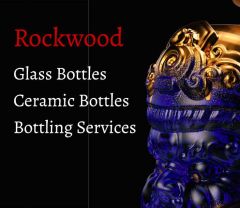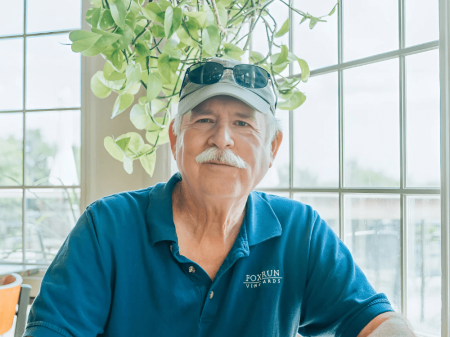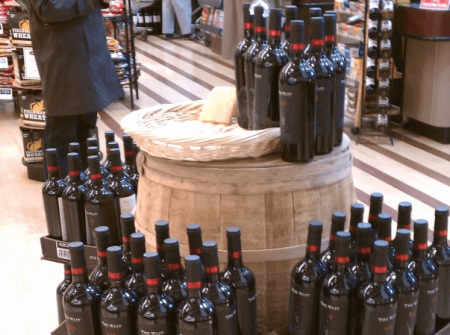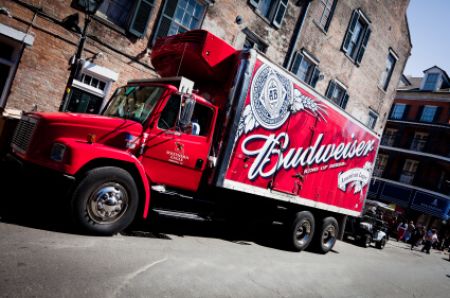Sommeliers Choice Awards 2025 Winners
How to Win Over Retailers and Influence Them With Effective Merchandising and Programming
It all starts with understanding the broader changes that are taking place within the retail wine landscape.
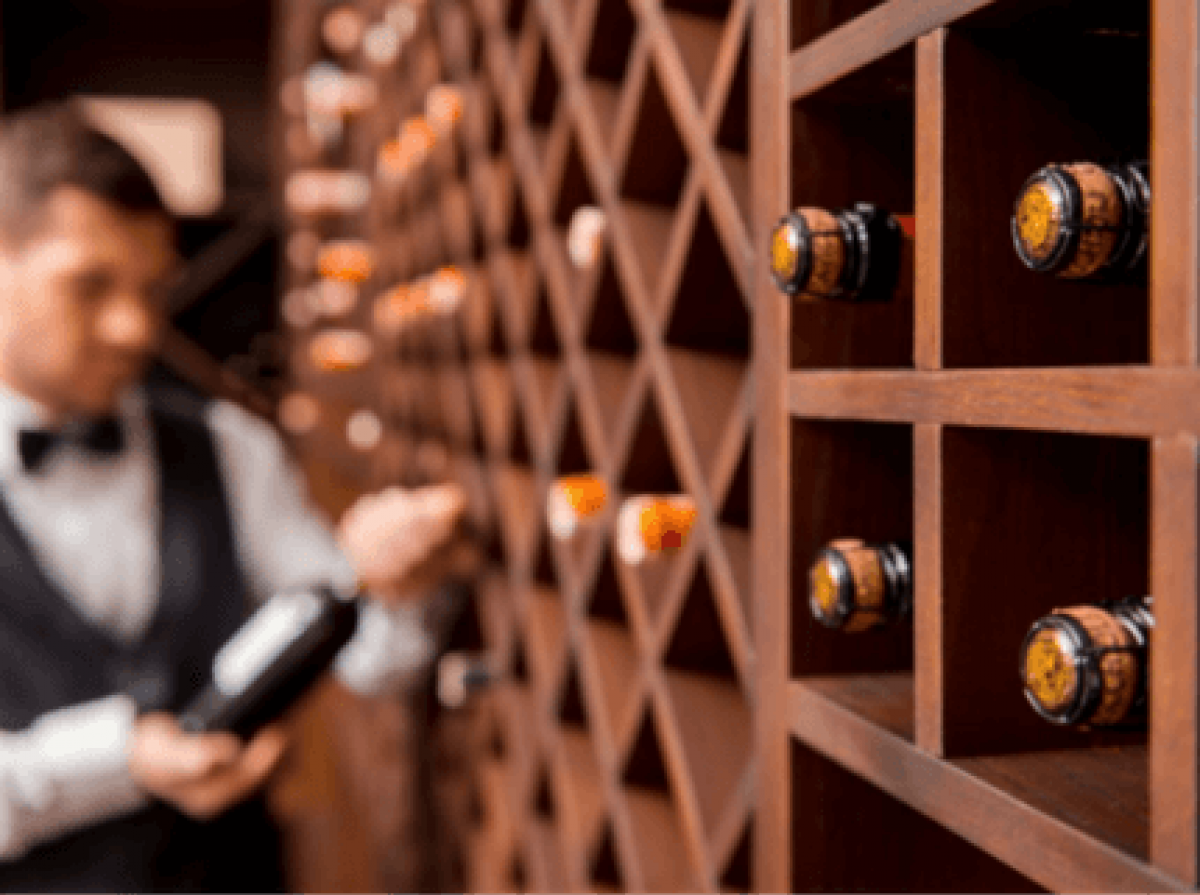
At the International Bulk Wine & Spirits Show (IBWSS) in San Francisco, Richard Halstead of Wine Intelligence and Stephen Fahy of Wine Library talked about the various ways that wholesalers and distributors can win over retailers and influence them with effective merchandising and programming.
According to Halstead, it all starts with understanding the broader changes that are taking place within the retail wine landscape. For example, based on the research his company, Wine Intelligence has conducted, the way that consumers buy wine is fundamentally changing – and, in turn, that is changing the way retailers need to think about the wine they are selling.
The biggest change, says Halstead, is that consumers are moving away from “price and points” and moving toward “lifestyle and culture.” At one time, consumers were very price-sensitive and wanted to make sure that they were getting the best possible value for their money. They also placed a lot of emphasis on the ratings from wine critics and wine publications. Now, however, they are thinking much more in terms of how a new wine or spirit fits into a broader lifestyle or culture. Generally speaking, this new emphasis on lifestyle and culture appeals to wine drinkers under the age of 35.
In fact, Halstead has created an entire typology of the types of wine consumers in today’s market. He separates wine drinkers into two different categories – Type A and Type B. The Type A customers are those that are brand-driven: they focus on brand name recognition and how certain brands can convey status. The Type B customers are those who are very involved in learning more about new brands and new companies, and often seek out advice about making the right purchase (either from a digital resource or from an in-store salesperson).
Thus, it’s very important to understand more about these Type B customers and how they buy wine. In general, they depend more on social media than on traditional media publications. They are motivated to buy a new product due to a sense of exploration. They view retailers as “fellow explorers” who can help them navigate to the perfect product. And they are much more willing to buy products from “hot” categories, markets or countries.
Taking a slightly different perspective, Fahy focused on how wholesalers should be trying to win over retail buyers. First and foremost, they should be looking to build relationships, not just make a one-time sale. As Fahy notes, “Relationships are what turn conversations into dollars.” Moreover, wholesalers should be focused on providing the retail buyer with programming that is meaningful, either in terms of dollars or goods. It can also include “stories” that a retail store can use to help sell a product.
Ultimately, the process of winning over retailers requires a re-thinking of the changing retail landscape. There are more artisanal brands out there than ever before, and the new breed of millennial wine drinker is willing to consider them, even if they are unfamiliar. Using their mobile devices and the Internet, they have access to more information than ever before, making them very savvy buyers. They are not willing to settle just for their “favorite brand” out of a sense of safety and convenience. If you can take that into account as a wholesaler, then you can win over and influence retailers.

